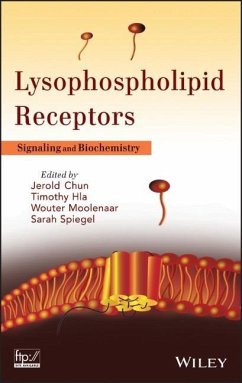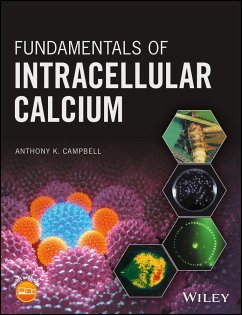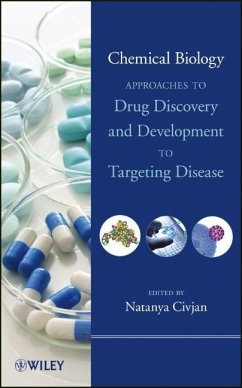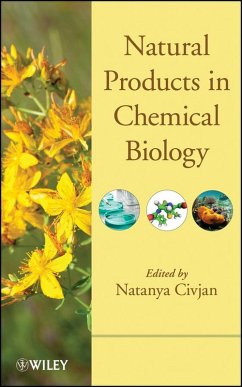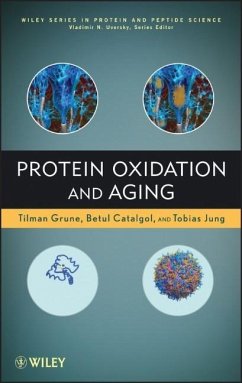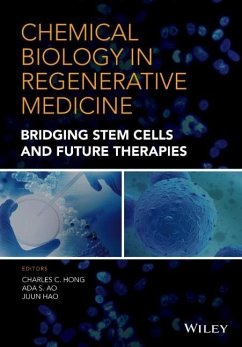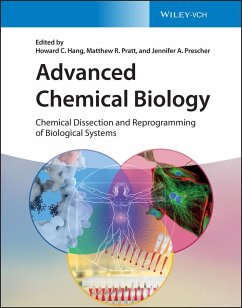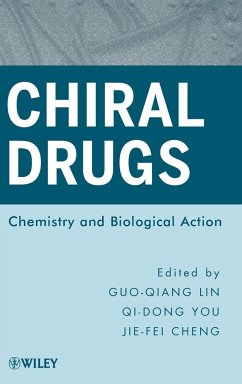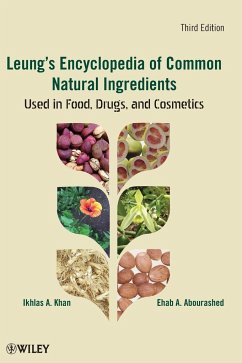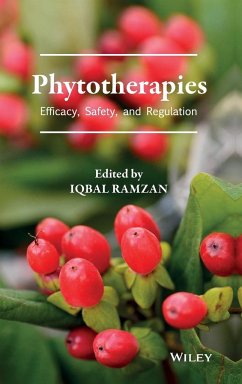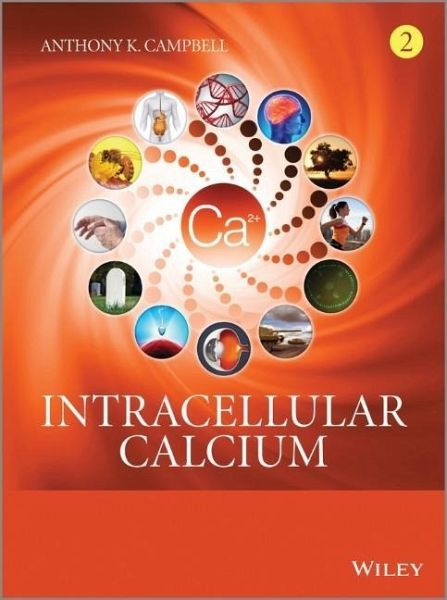
Intracellular Calcium, 2 Volume Set
Versandkostenfrei!
Versandfertig in über 4 Wochen
284,99 €
inkl. MwSt.
Weitere Ausgaben:

PAYBACK Punkte
142 °P sammeln!
Thousands of imaginative scientists, over more than a century,have revealed the fascinating story of intracellular calcium,through a pathway of ingenious invention and discovery.Intracellular Calcium , the definitive book on this topic,reveals:The pathway of discovery and invention of intracellular calciumover more than 100 years.The evidence for intracellular calcium as a universal switch inall animal, plant, fungal and microbial cellsHow the components required for calcium signalling are namedand classified.The ingenious technology, which has been developed to studyintracellular calcium.How ...
Thousands of imaginative scientists, over more than a century,have revealed the fascinating story of intracellular calcium,through a pathway of ingenious invention and discovery.
Intracellular Calcium , the definitive book on this topic,reveals:
The pathway of discovery and invention of intracellular calciumover more than 100 years.
The evidence for intracellular calcium as a universal switch inall animal, plant, fungal and microbial cells
How the components required for calcium signalling are namedand classified.
The ingenious technology, which has been developed to studyintracellular calcium.
How calcium is regulated inside cells and how it works totrigger an event.
The role of intracellular calcium in disease, cell injury andcell death.
How many drugs work through the calcium signalling system.
How intracellular calcium is involved in the action of manynatural toxins.
How the intracellular calcium signalling system has evolvedover 4000 million years, showing why it was crucial to the originof life.
A key principle presented throughout the book is the molecularvariation upon which the intracellular calcium signalling systemdepends. This variation occurs within the same cell type andbetween cells with different functions, providing the invisiblematrix upon which Darwin and Wallace's Natural Selectiondepends.
Featuring more than 100 figures, including detailed chemicalstructures as well as pictures of key pioneers in the field, abibliography of more than 1500 references, as well asdetailed subject and organism indices, this definitive workprovides a unique source of scholarship for teachers andresearchers in the biomedical sciences and beyond.
Intracellular Calcium , the definitive book on this topic,reveals:
The pathway of discovery and invention of intracellular calciumover more than 100 years.
The evidence for intracellular calcium as a universal switch inall animal, plant, fungal and microbial cells
How the components required for calcium signalling are namedand classified.
The ingenious technology, which has been developed to studyintracellular calcium.
How calcium is regulated inside cells and how it works totrigger an event.
The role of intracellular calcium in disease, cell injury andcell death.
How many drugs work through the calcium signalling system.
How intracellular calcium is involved in the action of manynatural toxins.
How the intracellular calcium signalling system has evolvedover 4000 million years, showing why it was crucial to the originof life.
A key principle presented throughout the book is the molecularvariation upon which the intracellular calcium signalling systemdepends. This variation occurs within the same cell type andbetween cells with different functions, providing the invisiblematrix upon which Darwin and Wallace's Natural Selectiondepends.
Featuring more than 100 figures, including detailed chemicalstructures as well as pictures of key pioneers in the field, abibliography of more than 1500 references, as well asdetailed subject and organism indices, this definitive workprovides a unique source of scholarship for teachers andresearchers in the biomedical sciences and beyond.




